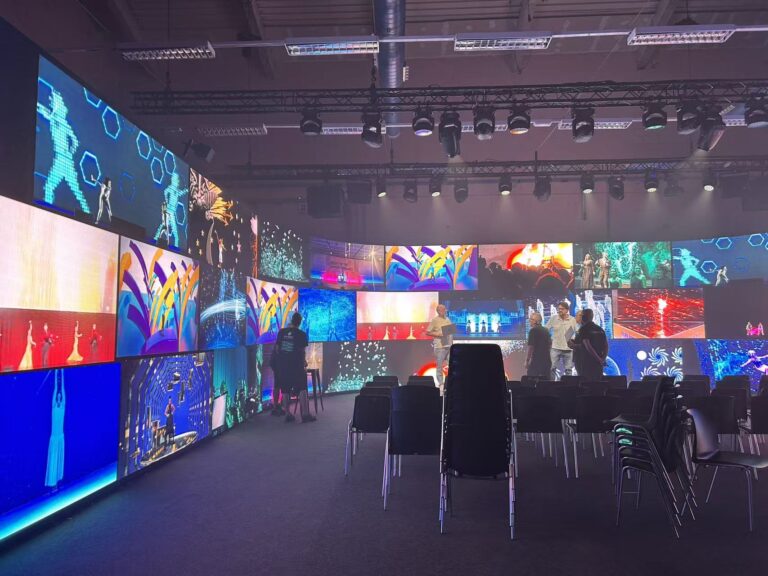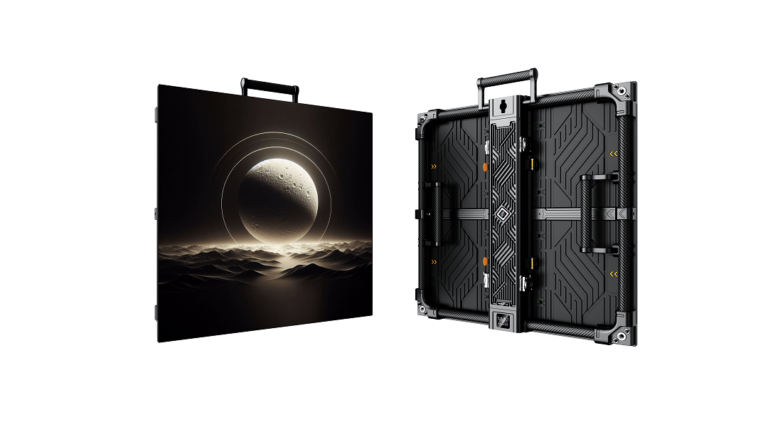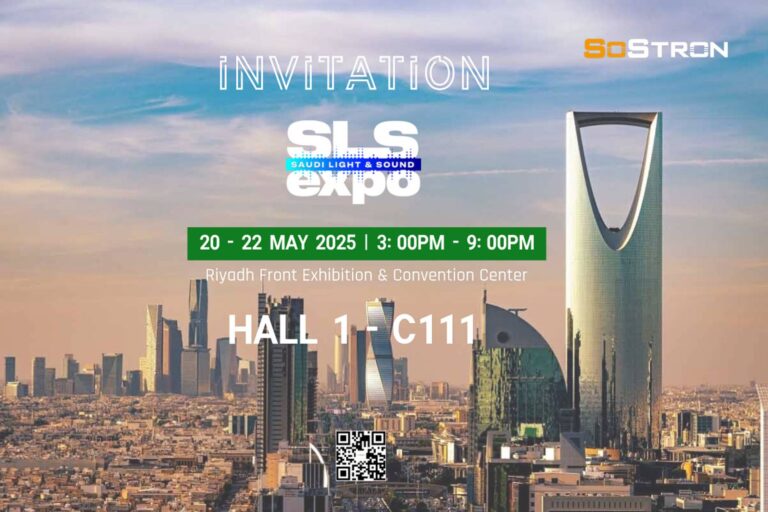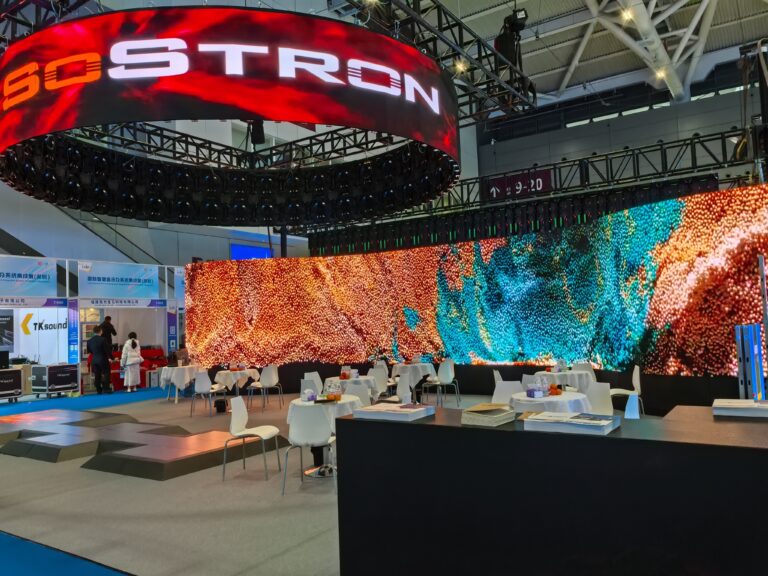With the more and more extensive application of LED display, people have higher and higher requirements for it. Now people can’t meet the two-dimensional plane display, and they want to truly restore the real world three-dimensional information. Therefore, the application scheme of 3D display technology on LED display has become a hot spot and direction of research in recent years.
In order to make up for some technical limitations of naked eye 3D technology, some LED display manufacturers gradually turn to active 3D technology in the process of continuous research and development. Active 3D technology can also be called shutter 3D technology, which is realized by greatly improving the refresh rate of the picture. It divides the images into two groups according to the frame, forms the left and right corresponding pictures, continuously interleaves to produce images, and then sees the 3D image through the synchronous opening closing operation of the lens of shutter glasses. Unlike polarized 3D, it can restore the original resolution of the picture, easily enjoy full HD 3D images, and break through the limitations of the original naked eye 3D “multi view” station.Here is the installation case of 3D LED display.
Compared with other screens, the pixels of 3D LED display screen can emit light by themselves, which has the characteristics of high brightness, bright colors, high contrast, light and thin. It has a natural and comfortable vision and a wide visual angle. It can be integrated into creative display to create a realistic and shocking immersive experience scene. It has broad prospects in VR, AR, dance beauty and other immersive specific places.
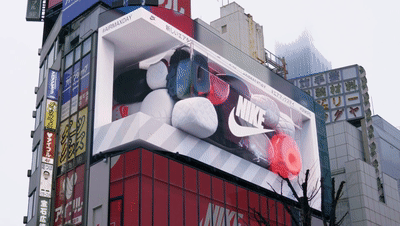
Advantages of 3d LED screen:
1. No interference from natural light, no seams.
2. Eye protection, blocking harmful blue light.
3. Support 2D and 3D full format display.
4. No 3D flicker, no 3D dizziness, no 3D brain fatigue.
Four principles of 3D special effect led electronic large screen:
1. Spectroscopic method
The light splitting method of naked eye 3D special effect led electronic large screen technology is to use the directivity of light to wear polarizing filters through the left and right eyes, or polarizers to filter out all light except polarized light at a certain angle, so that some image light only enters the left eye and some image light only enters the right eye. Two sets of pictures are output through polarized light in two directions on the LED electronic large screen, so as to realize 3D effect display.
Viewers need to wear polarized glasses to watch. The left and right lenses of the glasses can let the polarized light perpendicular to each other pass through, so that the left and right eyes can see the three-dimensional effect and form a 3D special effect. However, to solve the problem of polarized light when this kind of light splitting technology is applied to the LED electronic large screen, only by viewing the two different images after polarized light through the left and right eyes, and letting their polarized light pass through the left and right lenses respectively, can the two different images enter the left and right eyes respectively, and then synthesize the images with three-dimensional effect through the human brain’s visual system.
This kind of light splitting technology will have some disadvantages when applied to the LED electronic large screen, because the LED electronic large screen is self luminous technology by LED diodes, so it is difficult to realize the polarization in two directions to output two sets of pictures respectively. In addition, the images displayed on the LED electronic large screen are superimposed together, so it is difficult to separate the images. Therefore, polarizing technology is generally not used on the LED electronic large screen.
2. Color separation method
The so-called color separation technology is to use the principle of color difference 3D display technology to make red blue, red green and brown blue color separation glasses (complementary color glasses) realize the alternation and superposition of two eye viewing images, and realize stereo imaging by viewing different images with two eyes. Use the principle that the two lenses of color separation glasses are different, and the film source requirements are the same as the requirements for glasses. For example, red and blue glasses need red and blue film sources, red and green glasses need red and green film sources, and brown and blue glasses need brown and blue film sources, of which red and blue film sources dominate.
For example, taking red and blue glasses as an example, the red part of the image is transmitted to the left eye, and the blue part of the image is transmitted to the right eye, and then fused in the brain to form a 3D image with three-dimensional effect. Although the color separation method is relatively simple and low-cost, and it can easily convert 2D to 3D images, this color separation technology is obviously not suitable for LED electronic large screen, because the LED electronic large screen is encapsulated by three primary color LED beads. If this technology is used, the image brightness and color restoration of the viewer’s eyes will be reduced.
If the input information received by the left and right eyes cannot be stable and consistent during viewing, although there is brain post-processing that can recombine the information viewed by the eyes on both sides, it will cause optic nerve fatigue, so color separation glasses cannot be used for a long time. Moreover, LED electronic large screen has advantages in brightness, so this method is a relatively simple 3D special effect led display screen among the four principles.
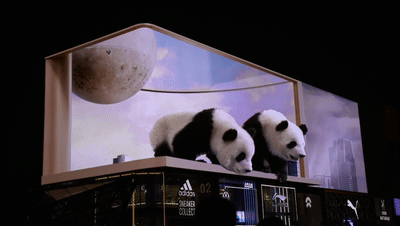
3. Time sharing method
The time-sharing method is a 3D special effect principle developed according to the characteristics of the LED electronic large screen. By alternately playing the two sets of pictures in a very short time, that is, when the LED electronic large screen is refreshed for the first time, the picture entering the viewer’s left eye is played, at the same time, the viewer’s glasses cover the viewer’s right eye, and the left and right directions are exchanged at the next refresh. The two actions are exchanged continuously, that is, the two sets of shutter pictures are switched at a high speed, and a continuous 3D picture is finally formed by using the visual persistence of the human eye and the synthetic action of the brain.
At present, the widely used glasses are liquid crystal shutter glasses that can continuously block the left and right eyes at high speed. This method has high requirements for the synchronization of LED electronic large screen and liquid crystal shutter glasses. It needs to add special wireless transmitting equipment, and synchronize the LED display and liquid crystal shutter glasses at the same time. Due to the visual persistence of human eyes, time-sharing technology will not lose brightness. At the same time, relying on the high refresh rate ability of LED electronic large screen, there is no need to make major changes to the original LED display system, and 3D special effects can not be achieved by adding signal synchronization equipment. Its equipment purchase, use and maintenance costs are low, which is the most commonly used scheme among the four principles of 3D special effects at present.
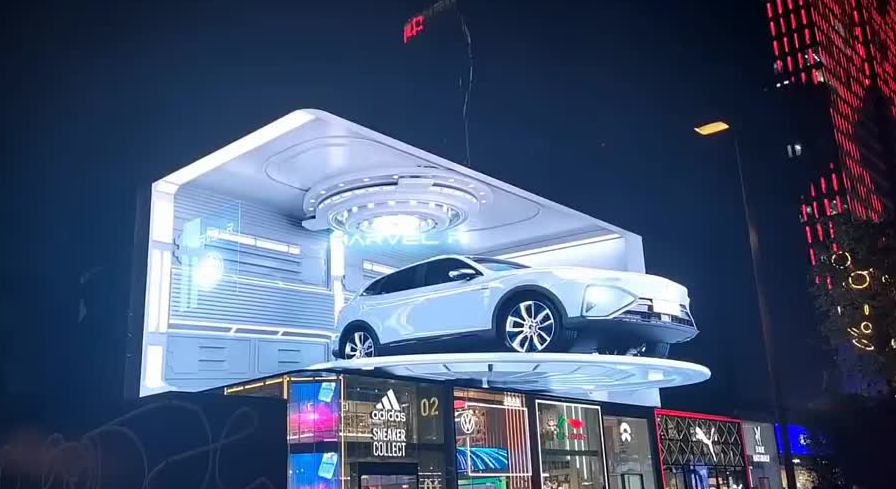
4. Raster method
Raster technology is to arrange images interactively according to the principle of parallax barrier. First, it passes through the slender longitudinal grating, and then it is viewed by two eyes. Because the longitudinal images entering the left and right eyes are separated due to parallax barrier, the images captured by the left and right eyes have a slight deviation, and finally a three-dimensional image is formed in the brain.
The specific operation method is to add parallel grids on the large LED electronic screen to divide the screen longitudinally into bars in the vertical direction to achieve the 3D display effect. The bars alternately display the left eye and right eye pictures, such as odd bars on the left eye picture and even bars on the right eye picture, and then set a parallax barrier composed of bars in the vertical direction between the screen and the audience, By blocking the line of sight beyond the intersection of the two eyes, the left and right eyes can see different images, so as to realize the stereoscopic effect display.
However, the raster method to achieve stereoscopic display also has limitations. If the position of the viewer changes, the position of parallax obstacles will also change. In order to solve this problem, multi view technology is generally used, which does not affect the viewing effect and is relatively simple to implement. This grating method uses TN glass to cover the LED display screen, and controls whether the grating is generated by power on, so that both 2D and 3D images can be displayed in a display screen.
The disadvantage of raster technology is that if dual view technology is used, the horizontal pixels of the display screen corresponding to the viewer will be halved, and if multi view technology is used, the horizontal pixels will become 1/n. Therefore, in order to achieve better image display quality, the display horizontal pixels must be doubled, and the cost will rise.
Conclusion
3D LED display breaks through the traditional two-dimensional display technology and attracts the attention of the audience by providing a novel visual experience. It is the future direction of outdoor advertising display and one of the best solutions for your brand promotion and advertising display.


